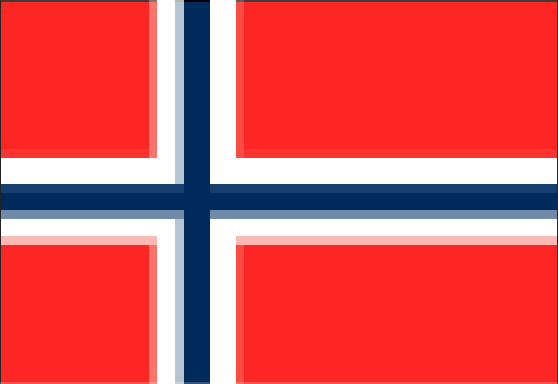Karuzela
Polish songs in Norwegian and Polish with Jørn Simen Øverli, Tora Augestad and Joanna Lewandowska-Zbudniewek. A surprising picture of Polish surrealism, humour, depression and hope. 2011

